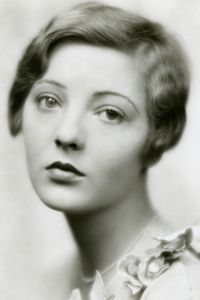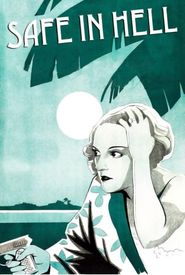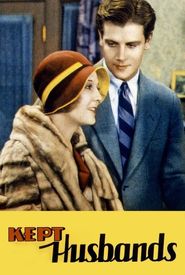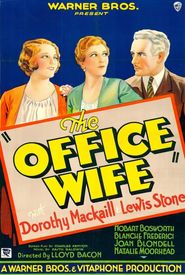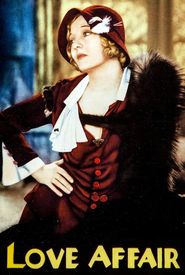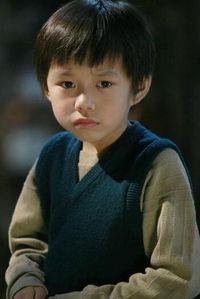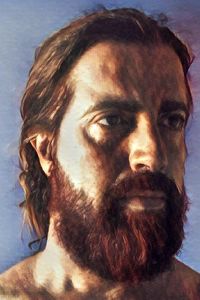Dorothy Mackaill's life took a dramatic turn when she was just 11 years old, as her parents decided to go their separate ways, leaving her to live with her father. This tumultuous event sparked a sense of restlessness within Dorothy, who had always been drawn to the world of theater and longed to pursue a career in the performing arts.
As she entered her teenage years, Dorothy's desire to break free from her mundane life became increasingly overwhelming. She made the bold decision to run away to London, where she hoped to find opportunities to hone her craft and make a name for herself in the theater world. With the help of her father, who eventually relented and agreed to support her endeavors, Dorothy was able to secure a place in the chorus line of a local production.
However, it was her subsequent trip to Paris that proved to be a turning point in her career. While in the City of Light, Dorothy met a renowned Broadway choreographer who was so impressed with her talent that he offered her a job with the prestigious Ziegfeld Follies in New York. It was during her time with the Follies that Dorothy befriended one of its star performers, the enigmatic Marion Davies.
By the early 1920s, Dorothy had already begun to make a name for herself in the film industry, appearing in a string of successful movies, including The Man Who Came Back (1924),Chickie (1925),Joanna (1925),and The Dancer of Paris (1926). Her career continued to flourish throughout the late 1920s, with her silent film, The Barker (1928),being reshot as a part-talkie to accommodate the industry's transition to sound.
Despite her initial success, Dorothy's career began to experience a decline in the early 1930s. Her contract with First National expired in 1931, and she was unable to secure a new deal. As a free agent, she made a few films for various studios, including Love Affair (1932),No Man of Her Own (1932),and The Chief (1933),but her overall output began to slow.
The following year brought few prospects for Dorothy, and she eventually found herself making a trio of quickie films for the independent market. Her final role was in Bulldog Drummond at Bay (1937),after which she decided to retire from the film industry and devote herself to caring for her invalid mother.
